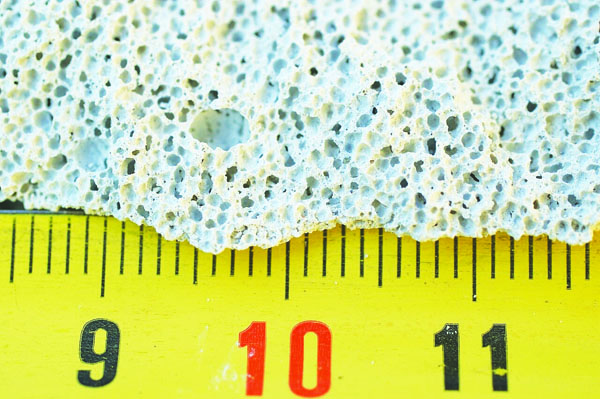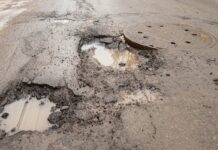Cheshire East Council said this week it had carried out checks on its maintained schools and there was no evidence they contained the concrete type that led to fears of buildings suddenly collapsing.
In Staffordshire, the county council said it had not been advised by the department for education that any of the authority’s schools would have to close.
The nationwide safety alert on the condition of buildings nationwide was raised just days before staff and students returned from the summer break.
Cheshire East said it was also working with all academy schools in the borough to review their buildings, (writes local democracy reporter Belinda Ryan).
As has been widely reported, the Government has ordered more than 100 schools across the country to close some buildings after they were found to contain reinforced autoclaved aerated concrete (RAAC), a type of concrete that is prone to collapsing. Crewe’s crumbling Leighton Hospital is made of the same material and has applied for a complete rebuild.
The material was also used in schools, and pupils in some parts of the country could not return to their schools when the new term started.
A spokesperson for Cheshire East Council told the Local Democracy Reporting Service on Friday: “We have undertaken a detailed review of all our maintained schools, which involved more than 40 specialist site visits, and found no evidence of reinforced autoclaved aerated concrete.
“We have also supported all our academy schools to review their buildings and they are working directly with the department for education to provide this information.” The material is a lightweight, “bubbly” form of concrete that is usually found in roofs and occasionally in walls and floors. It has been found to have a life expectancy of little more than 30 years.
This has sparked fears that public buildings containing the concrete, which were constructed between the 1950s and 1990s and have not been checked by structural engineers, could be at risk of collapse.
Crewe’s Leighton Hospital, which was built in the 1970s, was revealed a couple of years ago to have 34,000 RAAC planks. Stabilising and remedial work to wards and departments costing more than £55m has already been carried out with a further £29m allocated for 2023-24.
Earlier this year it was announced Leighton had been included in the Government’s New Hospital Programme and the hospital will be replaced with a new building.
In Staffordshire, County Coun Jonathan Price, Cabinet member for education, said: “We have not been advised by the DfE that any Staffordshire school is included in the 104 schools that will have to be closed.
“The safety of pupils and school staff is our top priority, and we have already carried out an initial assessment on the 126 local authority-maintained schools in Staffordshire. Some schools require a further assessment, which is already underway and will be completed shortly.
“The majority of schools in the county are academy schools who are responsible for their own buildings, and we have offered advice and support to them on this issue.” Reinforced autoclaved aerated concrete is a lightweight material that was used mostly in flat roofing but also in floors and walls, between the 1950s and 1990s. It was a cheaper alternative to standard concrete, quicker to produce and easier to install.
But it is less durable, with a lifespan of around 30 years, and its structural behaviour differs significantly from traditional reinforced concrete. It is susceptible to structural failure when exposed to moisture. The bubbles can allow water to enter the material.
The Health and Safety Executive has said that RAAC is now beyond its lifespan and may “collapse with little or no notice”.
The potential safety issues of ageing RAAC were first reported in the 1980s and 1990s, when roof collapses led to buildings being demolished. A 1996 Government-funded report by the Building Research Establishment had found RAAC panels cracking in a housing development, and cracks and bends in panels installed in schools.





